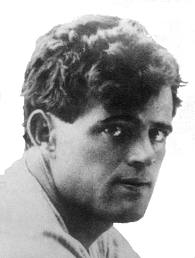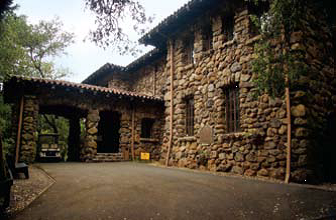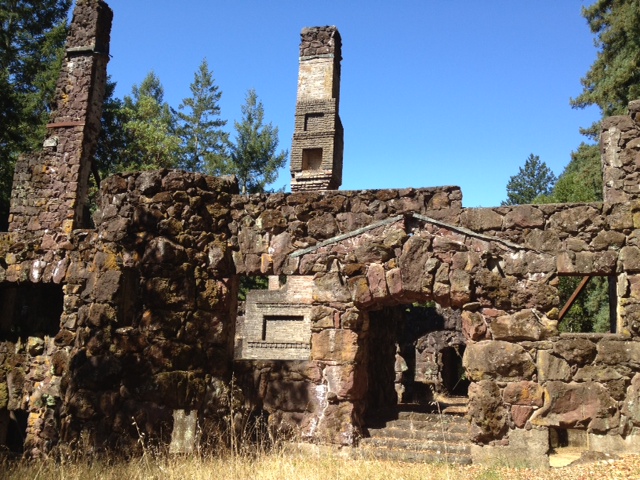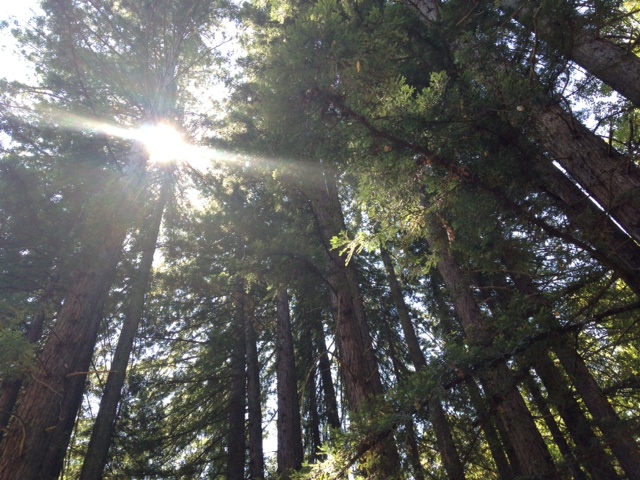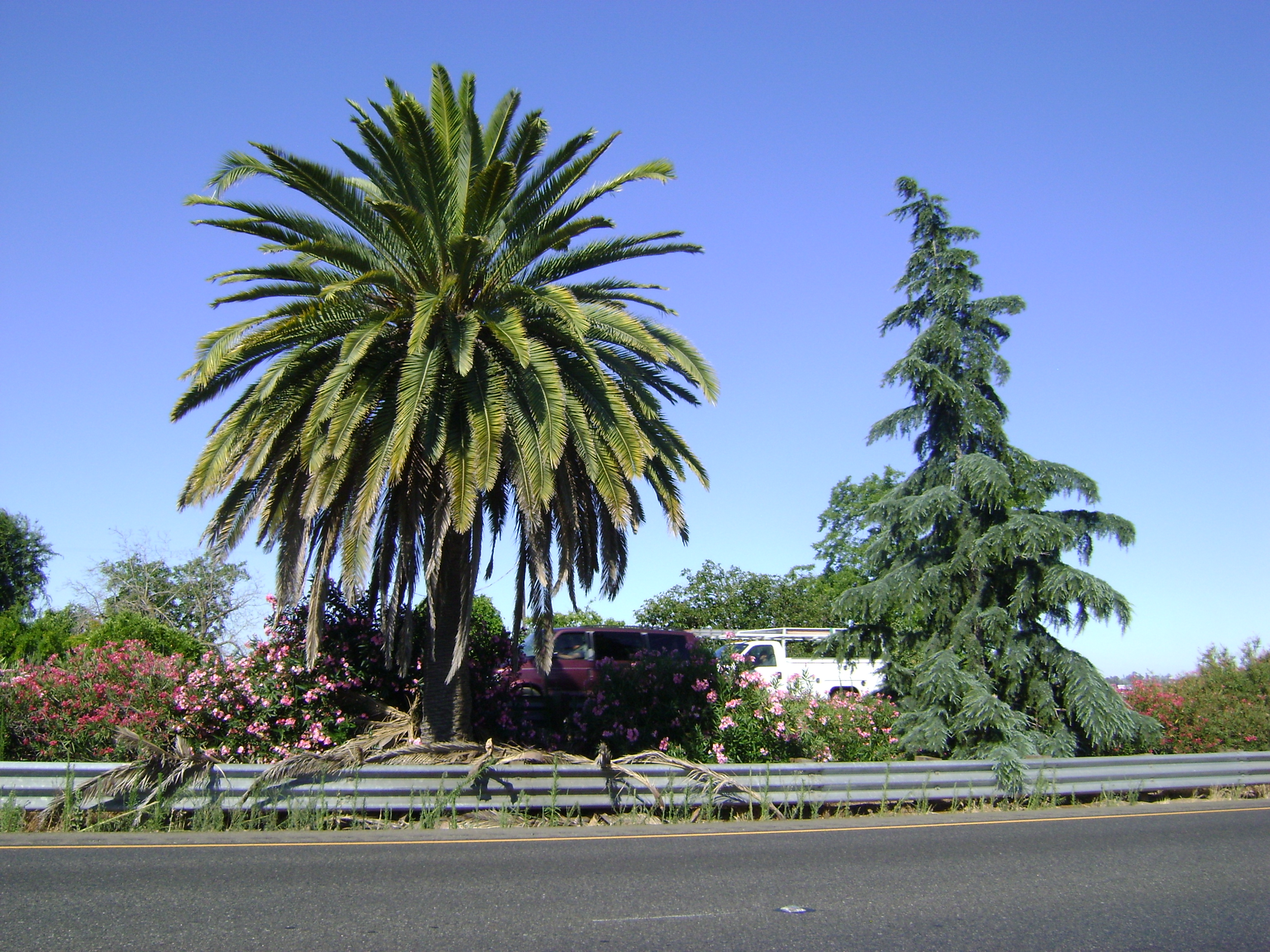by Bob Sparrow
 Thank you to my sister, Suzanne for introducing me to the idea of the ‘upside down bucket list’, for it was that concept that has inspired me to look at New Year’s resolutions differently. Like many, I typically resolve to be a better spouse, parent, friend . . . person and include the requisite increase in exercise and consumption of much healthier food resulting in a painfully slow, if ever, decrease in weight. Like many, I also have a bucket list of places I want to visit and things I want to do and resolutions always include checking off a few of those items during the ensuing year. While resolutions and bucket lists look great in late December, reality seems to find its way into the new year and render many, if not most, of our resolutions unattainable.
Thank you to my sister, Suzanne for introducing me to the idea of the ‘upside down bucket list’, for it was that concept that has inspired me to look at New Year’s resolutions differently. Like many, I typically resolve to be a better spouse, parent, friend . . . person and include the requisite increase in exercise and consumption of much healthier food resulting in a painfully slow, if ever, decrease in weight. Like many, I also have a bucket list of places I want to visit and things I want to do and resolutions always include checking off a few of those items during the ensuing year. While resolutions and bucket lists look great in late December, reality seems to find its way into the new year and render many, if not most, of our resolutions unattainable.
So this year, rather than ‘dream’ about the places I’d like to go in 2013, I thought I’d do the ‘upside down thing’ and look back at 2012 and review what I’d done and where I’d actually been. Then, rather than be disappointed at not doing or getting to the places I resolved to get to, I’d be able to just ‘grade’ myself based on what I’d done and where I’d gone and hopefully put a few checks on that big bucket list.
Twenty-twelve will not be marked in my memory by the many places I visited or the life I led, but rather by the life I lost – the passing in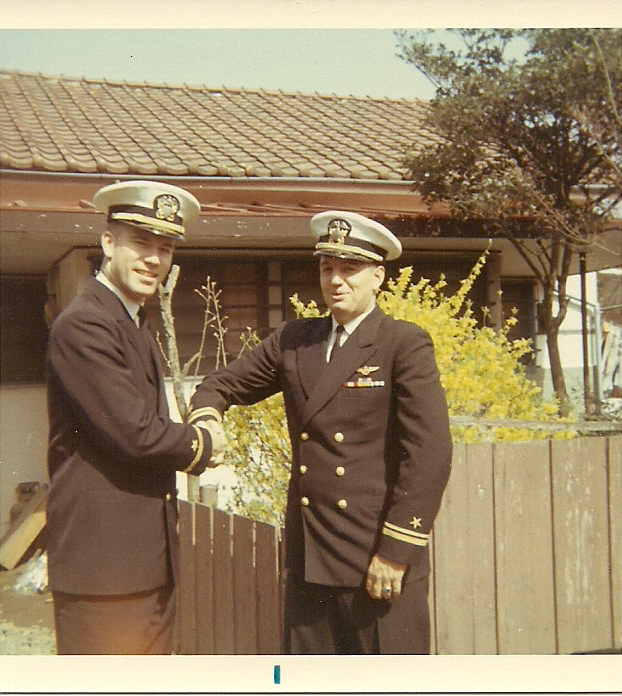 February of my best friend, Don Klapperich. For more than 50 years he was a best friend, a mentor, a singing partner, a moral compass, a confidant, the little voice in my head and so much more. He was a most talented, intelligent, entertaining and complex man. He knew me better than anyone and I knew him as much as anyone could. I miss him dearly. I regret not spending more time with him, not talking to him more on the phone, not emailing as often as I could have, not going to visit more often. I suppose it’s natural to now have a better understanding of the tenuousness of life; to better appreciate each day we’re given and to not take those around us for granted. I don’t know if it’s a resolution, but I will try harder to remember these things – they have become more important to me.
February of my best friend, Don Klapperich. For more than 50 years he was a best friend, a mentor, a singing partner, a moral compass, a confidant, the little voice in my head and so much more. He was a most talented, intelligent, entertaining and complex man. He knew me better than anyone and I knew him as much as anyone could. I miss him dearly. I regret not spending more time with him, not talking to him more on the phone, not emailing as often as I could have, not going to visit more often. I suppose it’s natural to now have a better understanding of the tenuousness of life; to better appreciate each day we’re given and to not take those around us for granted. I don’t know if it’s a resolution, but I will try harder to remember these things – they have become more important to me.
Those who have followed our blog know that I’ve had the privilege of going to some wonderful places this year. In January I was in Hawaii, on the Big Island to watch the PGA Senior’s golf tournament at Hualalai and then on to Maui to play golf and just watch some sunsets at Wailea. I had a much too up-close and personal look at ‘senior living’ at my mom’s facility in Sonoma and while I was in the area I hiked through historical Jack London State Park in the rolling hills of Glen Ellen. I traveled across country on business to Sunriver, Oregon, Minneapolis, Minnesota, Holyoke, Massachusetts and I HAD to return to the island of Kauai to attend a conference. I lived on a boat in the harbor in Cabo San Lucas for three days while not  catching a single fish, but I did get to hang upside down at the Giggling Marlin. I spent a week in our timeshare in Palm Desert for the 18th year in a row and hope I can play another 18. I revisited the differences between northern and
catching a single fish, but I did get to hang upside down at the Giggling Marlin. I spent a week in our timeshare in Palm Desert for the 18th year in a row and hope I can play another 18. I revisited the differences between northern and 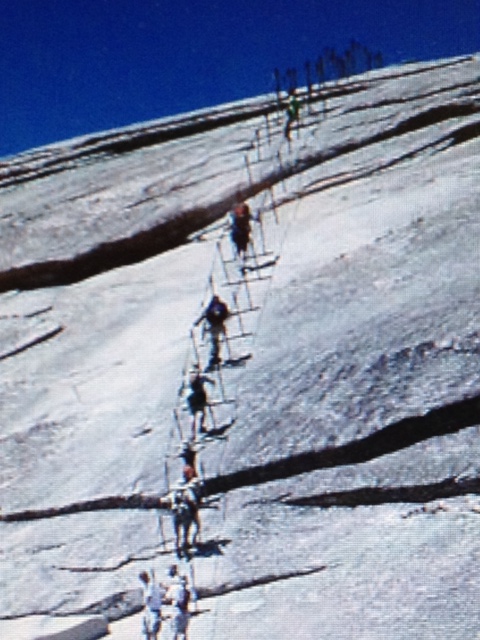 southern California as I returned to the palm and pine trees on Highway 99 out of Fresno, and I spent several days not quite 26 miles across the sea on Catalina Island. I thought I saw John Lennon at the Laguna Sawdust Festival, twice! I stood at the lowest point on the North American continent in surprisingly stunning Death Valley, and I stood on top of Half Dome in not-so-surprisingly stunning Yosemite National Park. And I had my annual martini with my Dad in his final resting place at Lake Tahoe.
southern California as I returned to the palm and pine trees on Highway 99 out of Fresno, and I spent several days not quite 26 miles across the sea on Catalina Island. I thought I saw John Lennon at the Laguna Sawdust Festival, twice! I stood at the lowest point on the North American continent in surprisingly stunning Death Valley, and I stood on top of Half Dome in not-so-surprisingly stunning Yosemite National Park. And I had my annual martini with my Dad in his final resting place at Lake Tahoe.
That’s an upside down list that I may have a hard time topping in 2013. I feel so very privileged to be afforded the opportunities to experience all that I have in 2012 and I know I was privileged to have such a great best friend for over 50 years. It was a memorable year in so many ways. I recommend looking back at your year and the only resolution I would make is that in a year from now you’re going to look back at 2013 – make it memorable.
I know I speak for my dear friend and wonderfully talented sister, which she doesn’t often let me do because she can speak so well for herself, in thanking all of you who read our blog and especially those who send us back comments to let us know our words don’t all end up in cyber space. May you all have an extraordinary 2013.
And now a word from our sponsor
Most of you know I’m now working for Zipz Gear, a unique shoe company, but may not know that I am now writing a ‘shoe blog’ called ‘From the Lipz of Zipz’. You can find the blog by going to our website at www.zipzgear.com. Feel free to check out the shoes while you’re there.
